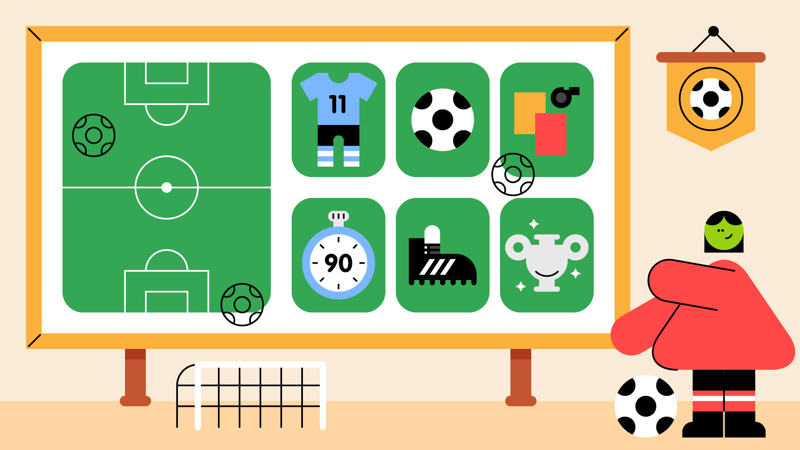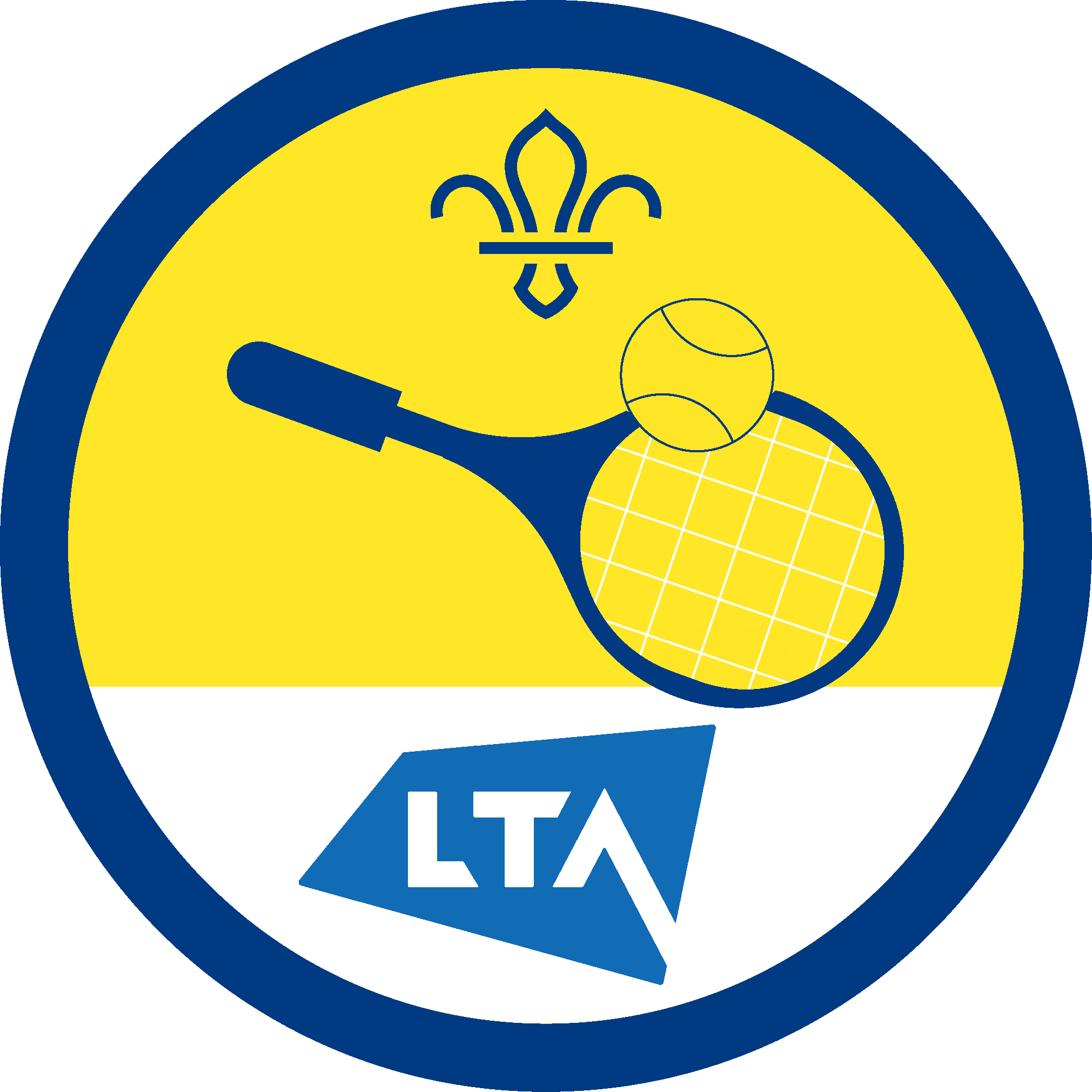
Tell other people about your sport
Before you begin
- Use the safety checklist to help you plan and risk assess your activity. Additional help to carry out your risk assessment, including examples.
- Make sure all young people and adults involved in the activity know how to take part safely.
- Make sure you‘ll have enough adult helpers. You may need some parents and carers to help if you‘re short on helpers.
Setting up this activity
- Before the session, let everyone know that they’ll need to bring in equipment, uniform or pictures of a sport they do. This could be a sport they play in their own time, at home or as part of a club.
- If people don’t play a sport, they could bring something in for another activity or hobby they do.
- You could invite parents and carers to join – maybe some of them will be able to share a sport too.
- Some people may just want to listen to others and that’s OK. No-one needs to present if they don’t want to.
Get ready to show and tell
- Gather everyone together and tell people that you’re going to learn about each others sports and hobbies.
- Let everyone have 10 minutes or so to think about how they want to tell the others about their sport. They should think about what they’ll include, for example, the key rules, the clothes, or the equipment.
- People who are comfortable and happy to can get ready to present. They may want to write some notes, make a poster, or get their equipment ready.
Run this activity
- Split everyone into two groups. One will present first while one learns, then they’ll swap.
- You could give everyone a sticker with a different piece of sports equipment (for example, a football or a tennis ball) as they arrive, then explain what they mean when it’s time to present.
- One of the groups should present their sports. It’s up to them how they do this - people could take it in turns to present to everyone, or a few people could present at once with the learners moving around the different presenters.
- The learners should ask any questions they have about the sport. They may want to ask about which rules are the most important, how long the presenter’s been doing the sport, any competitions or matches the presenter has taken part in, advice the presenter would give new players, skills the presenter could use in another sport, and whether it’s a sport everyone can play.
- You may want to give out prizes for the learners who ask the best questions, or show they’re listening and paying attention to the presenters.
- The groups should swap so the presenters become learners and the learners become presenters. Everyone should repeat steps two and three to learn about the new presenters’ sports.
Reflection
This activity was about being physically active. Did everyone learn about different sports today? Sport can be for everyone, regardless of their age, gender, or ability. What were some of the big differences between sports? Some are ball sports, others aren’t; some are fast, and others are slower. Did anyone talk about teamwork in their show and tell? Teamwork is important to lots of sports - even the ones people can do on their own (such as gymnastics or cross country) often have teams in competitions, or people work with others such as coaches. What sorts of skills do people use when playing sport? Some of it’s about physical skills like throwing and catching, but a lot is also about not giving up, about working with other people, and about trying your best.
This activity also needed everyone to communicate to tell others about the sport they do. Did people find it easy to explain their sport? Was it easy for people to explain why they like the sport, and what about it did they like? There are lots of different ways to share information – what were some of the things people did today? It can be scary to present to people, so well done to everyone who gave it a go.
Safety
All activities must be safely managed. You must complete a thorough risk assessment and take appropriate steps to reduce risk. Use the safety checklist to help you plan and risk assess your activity. Always get approval for the activity, and have suitable supervision and an InTouch process.
- To make this activity easier, you could write down questions (or ask everyone to write some down) then ask people to choose questions from a hat or box. Anyone who is happy to could pick out and read the question to the presenter.
- People can present however they want to - for some people this might be talking, others may wish to sign or show something (such as pictures and equipment).
All Scout activities should be inclusive and accessible.
You could invite a Scout or Explorer who’s working towards their Media Relations and Marketing Activity Badge to help you interview. They could record the interviews in the style of a post-match interview, and tell everyone a bit about what they’re doing for their badge.
You could support young people to help run the session, for example, letting people know when the two groups should swap or thinking of questions to ask the presenters.
